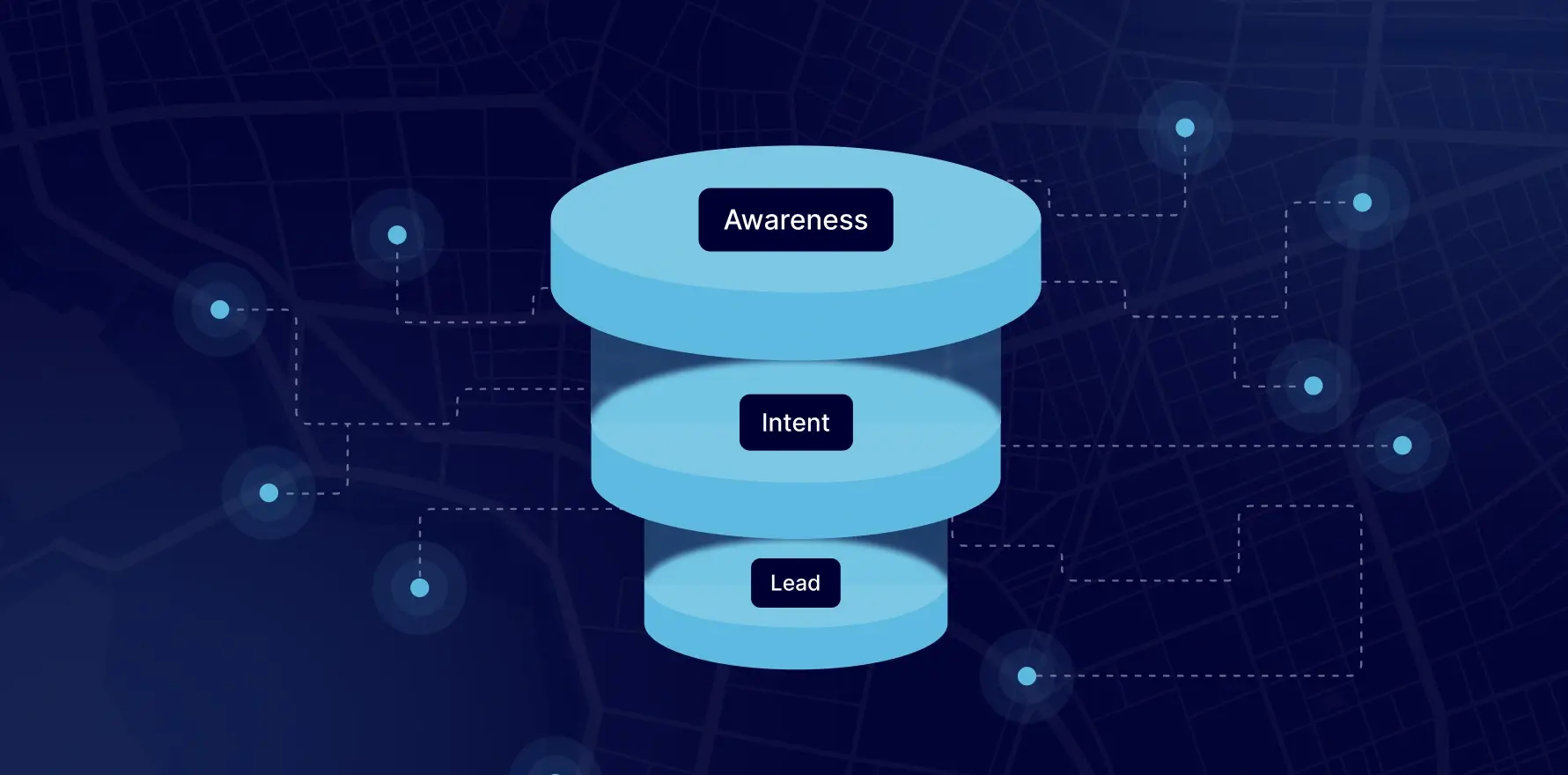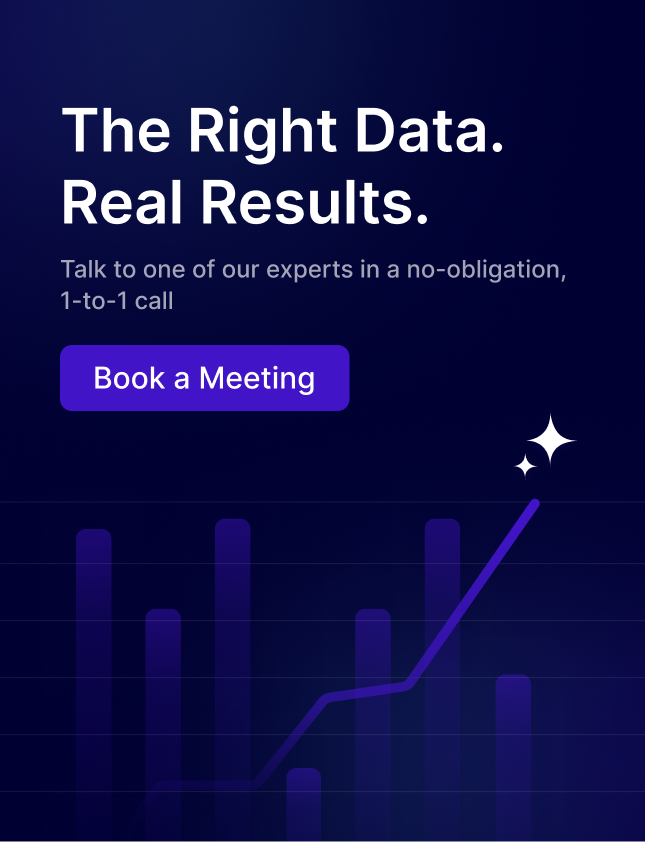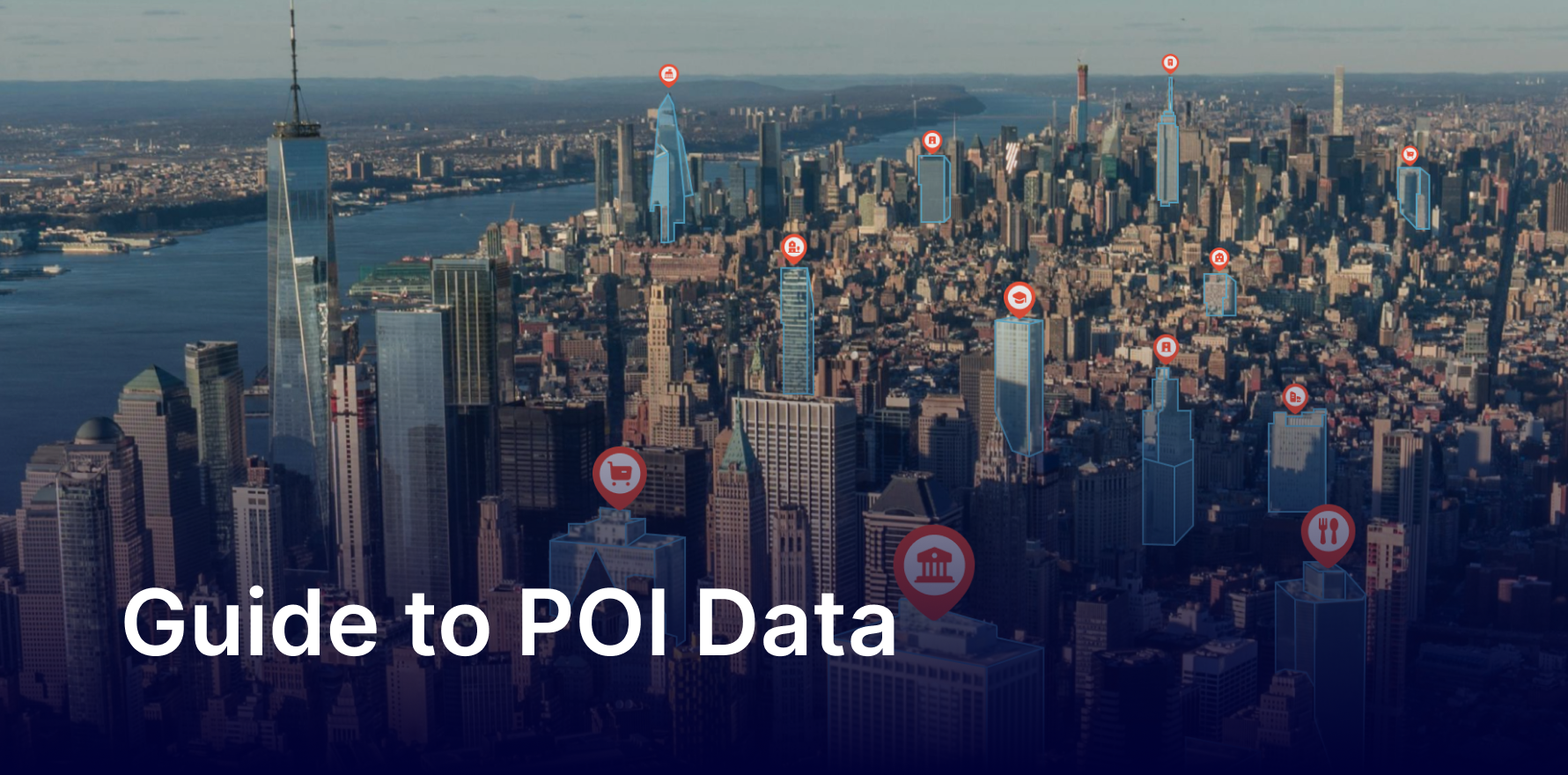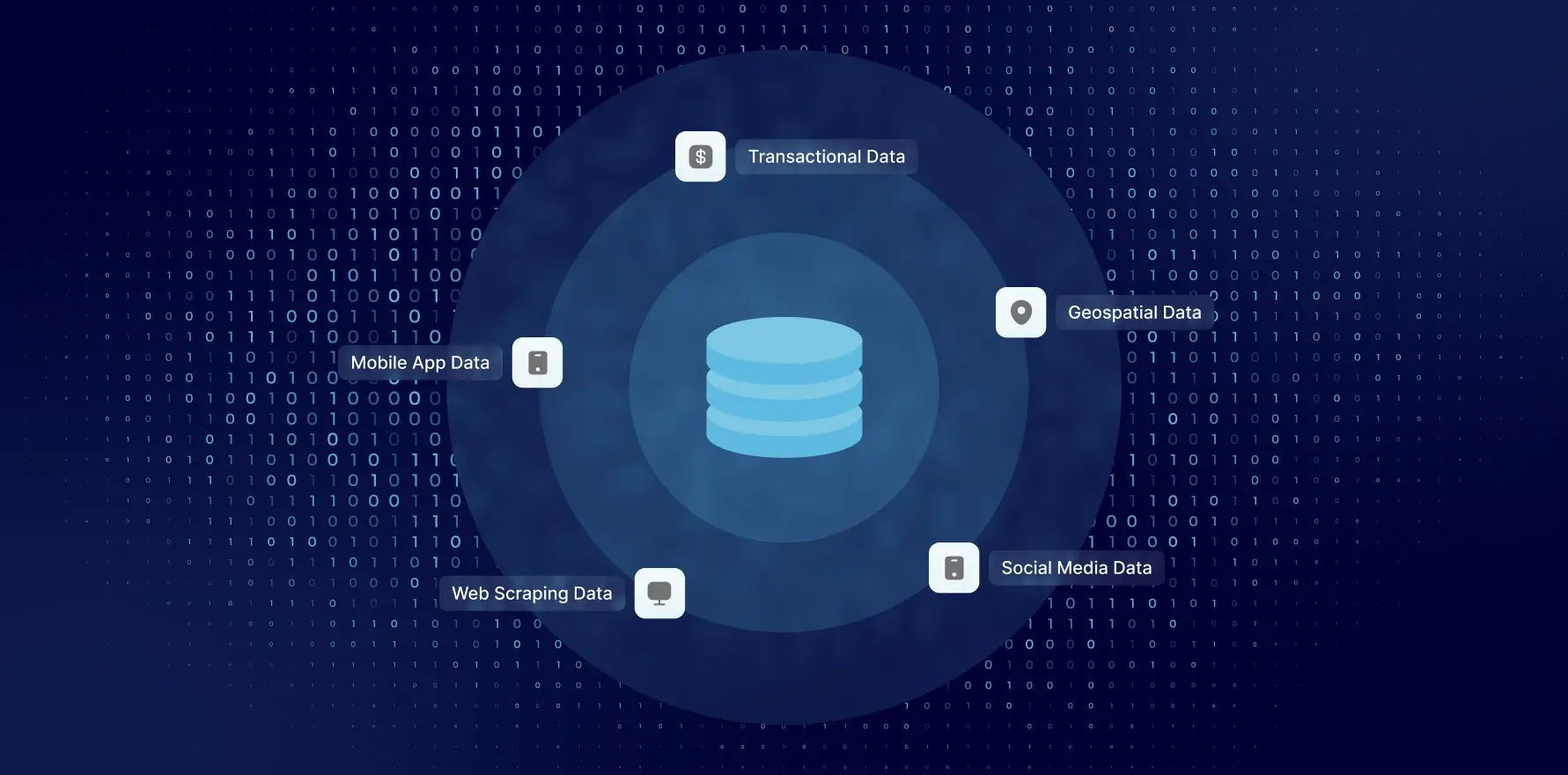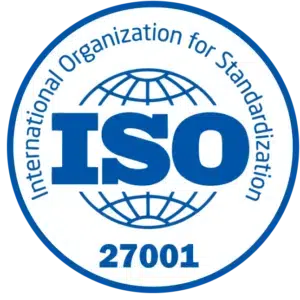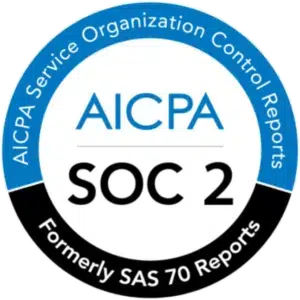B2B sales and lead generation are increasingly complex, especially with Google’s impending deprecation of third-party cookies. In a recent report, marketers identified key pain points: delivering high-quality leads, collecting quality data, creating engaging content, and managing leads.
Here are ten data-driven best practices to enhance your lead generation efforts.
1. Pinpoint Your Best Customers
Identify your high-value customers by compiling data on their purchases, industries, company size, revenue, and geography. Build your Ideal Customer Profile (ICP) using third-party firmographic data. Analyze your pipeline to identify trends and understand your customers’ purchase cycles. With this information, you can better target new prospects.
2. Use Look-Alike Modeling
Look-alike modeling helps identify new companies that share key characteristics with your top customers. Using business and consumer data, look-alike models create accurate profiles of your best prospects, enabling highly targeted campaigns, lowering acquisition costs, and boosting ROI.
3. Utilize Intent Data
Intent data indicates how close a potential customer is to making a purchase. It helps focus on prospects who need your product now. Intent data and predictive analytics create Account-Based Marketing (ABM) lists that include active buying signals, allowing you to target prospects actively researching products in your category.
4. Create Authentic Connections
Businesses are made up of people, so adding details like demographics and psychographics to an individual’s business profile helps tailor your marketing strategies to resonate with key stakeholders. Factori’s datasets, like consumer data, help enrich data.
5. Target Decision-Making Groups
Purchase decisions in B2B settings are often made by groups rather than individuals. Identify and engage multiple stakeholders within target accounts to build consensus. Personalize messages and sales outreach to gain traction and create substantial relationships with decision-makers, increasing win rates and deal sizes.
6. Create Relevant, Engaging Content
Develop content that resonates with your target audience by considering their buying cycle, job roles, and firmographics. Analyze factors influencing their decisions and create tailored messaging addressing their unique challenges. Relevant content engages prospects and moves them more effectively through the sales funnel.
7. Optimize Timing and Placement
Deliver the right content to the right people at the right time. Use data to determine where your targeted stakeholders spend their time and prioritize content formats they engage with most, such as video marketing. Effective targeting and timing can significantly boost conversion rates and yield higher engagement.
8. Implement a Multi-Channel Approach
Utilize multiple channels to reach your prospects throughout their day. For instance, combine email marketing, social media ads, direct mail, and video marketing to touch prospects at different points. This omnichannel approach increases the likelihood of engagement and conversion.
9. Leverage Predictive Analytics
Predictive analytics help forecast future behaviors and trends based on historical data. By applying predictive models, you can anticipate your prospects’ needs and tailor your marketing efforts accordingly. This proactive approach enhances the efficiency of your lead-generation efforts.
10. Continuously Improve with Data
Analyze your lead generation efforts regularly to identify what works and what doesn’t. Use A/B testing to refine your campaigns and keep track of key performance indicators (KPIs) to measure success. Continuous improvement ensures your strategies remain effective and aligned with evolving market trends.
Work Smarter, Not Harder
B2B marketing can be challenging, especially when connecting with many prospects. By leveraging these data-driven best practices, you can enhance your lead generation efforts, build a robust pipeline, and achieve sustainable growth.
Start by understanding your current customers, use advanced modeling to identify new prospects, and focus on delivering personalized, relevant content to the right audience.
You may also like

